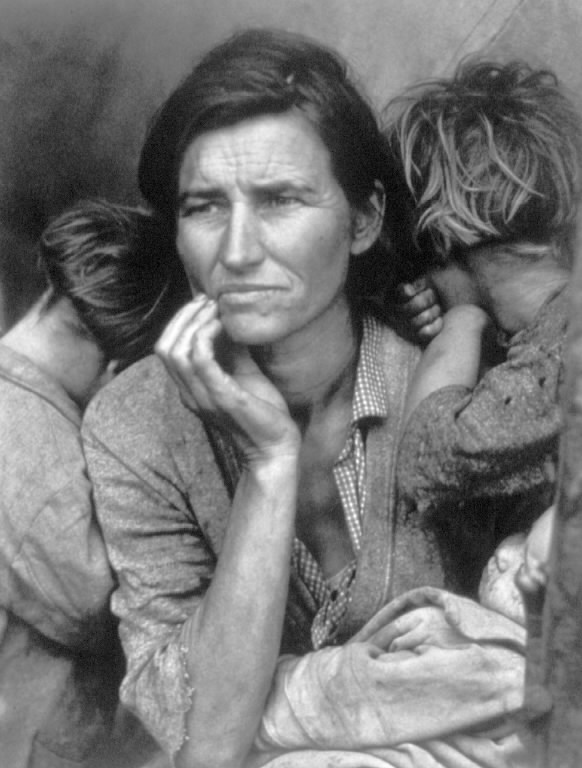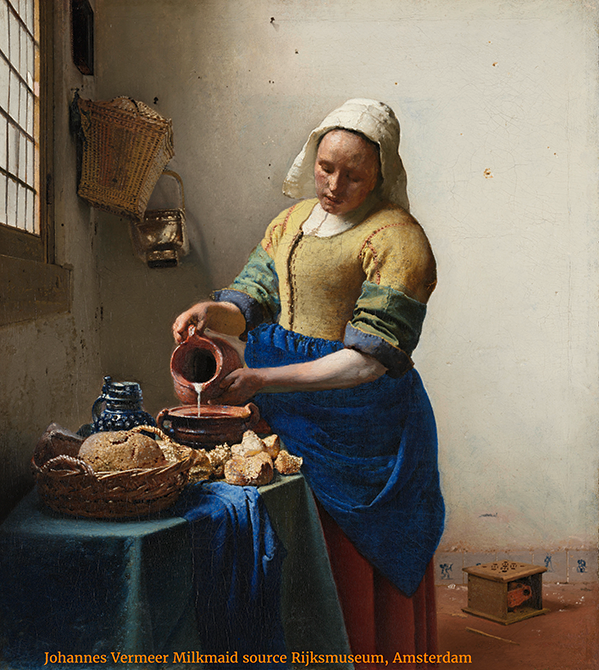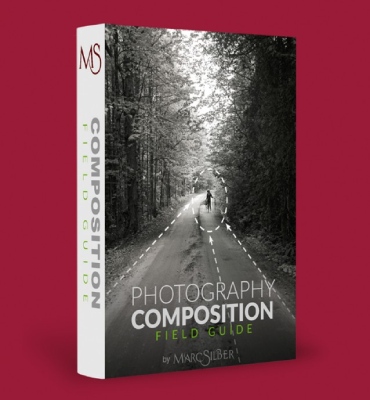“Migrant Mother,” 1936. Photo copyright Dorothea Lange/Library of Congress
In a new book on American photographer Dorothea Lange, biographer Linda Gordon goes behind the camera of one of the most influential documentary photographers and photojournalists of the last century.
Dorothea Lange: A Life Beyond Limits chronicles the extraordinary beginnings of one of America’s most celebrated photographers, offering a candid look at Lange’s struggles with obstacles such as her own physical disability (a childhood bout with polio left her with a deformed right foot) and her efforts to document The Great Depression.
In the new book, Gordon makes clear that Lange knew the only way to convey the tragedies and devastation of the Depression was not to show desolate fields and sand storms, but people themselves. Lange’s most famous photograph, of course, did just that.
“Migrant Mother,” as it is now known, has become the defining image of The Great Depression. The photograph shows Florence Owens Thompson and her children in 1936 in Nipomo, California, destitute and haggard from searching for work as migrant farmers. The family had been living off frozen vegetables they found in the ground, Lange would explain in an interview decades later, and had just sold the tires from their car for food.
At just 32 years-old, Thompson’s face is aged with desperation and anxiety, yet Lange managed to capture the woman’s deeper beauty, says Gordon.
“That’s really part of what Lange’s genius was about,” Gordon told NPR in a recent interview. “That she could make pictures of very poor people — people very, very hard hit — and still make them extremely attractive individuals.”
More than just a documentary photographer, Lange created a style and ethic that influenced countless photojournalists, artists and activists, and her story is an essential brick in the broader history of photography itself.
Linda Gordon’s new book, Dorothea Lange: A Life Beyond Limits, is available in stores now. To hear an interview with Gordon, click here.








[…] compared to the work of iconic documentary photographers like Dorothea Lange and Walker Evans, Rogovin’s images owe part of their striking intimacy to his trademark […]
[…] compared to the work of iconic documentary photographers like Dorothea Lange and Walker Evans, Rogovin’s images owe part of their striking intimacy to his trademark […]
[…] is also an extensive section devoted to famed US documentary photographer and photojournalist Dorothea Lange (her iconic Depression-era “Migrant Mother” photograph is on hand), as well as notable […]
[…] is also an extensive section devoted to famed US documentary photographer and photojournalist Dorothea Lange (her iconic Depression-era “Migrant Mother” photograph is on hand), as well as notable […]